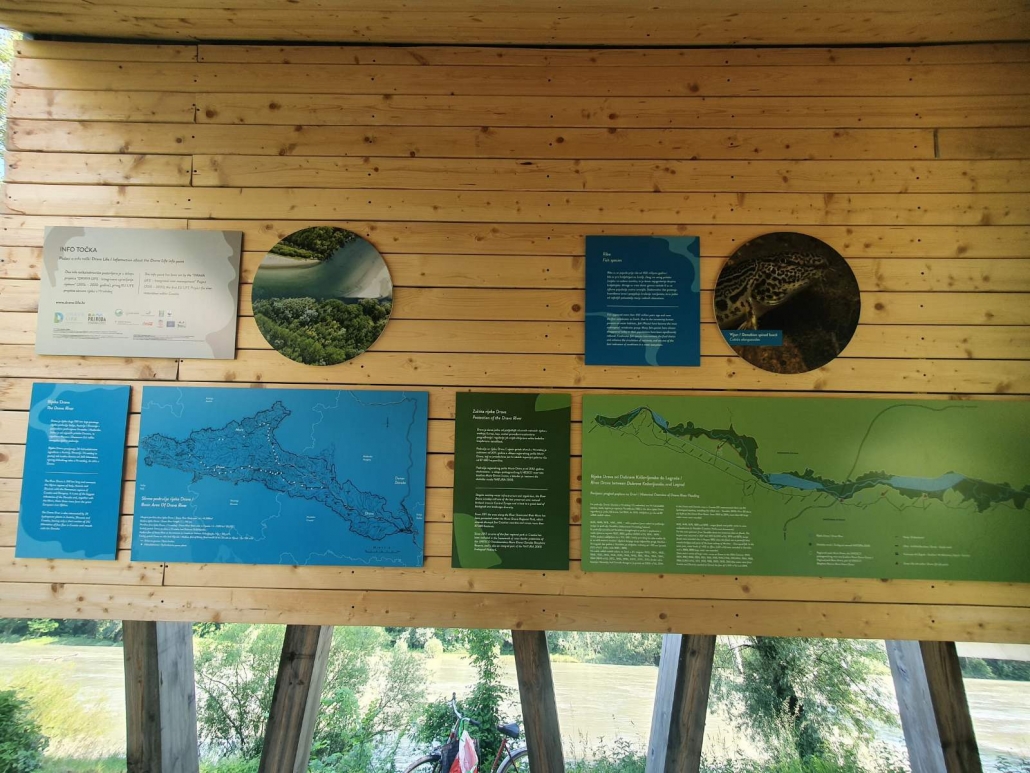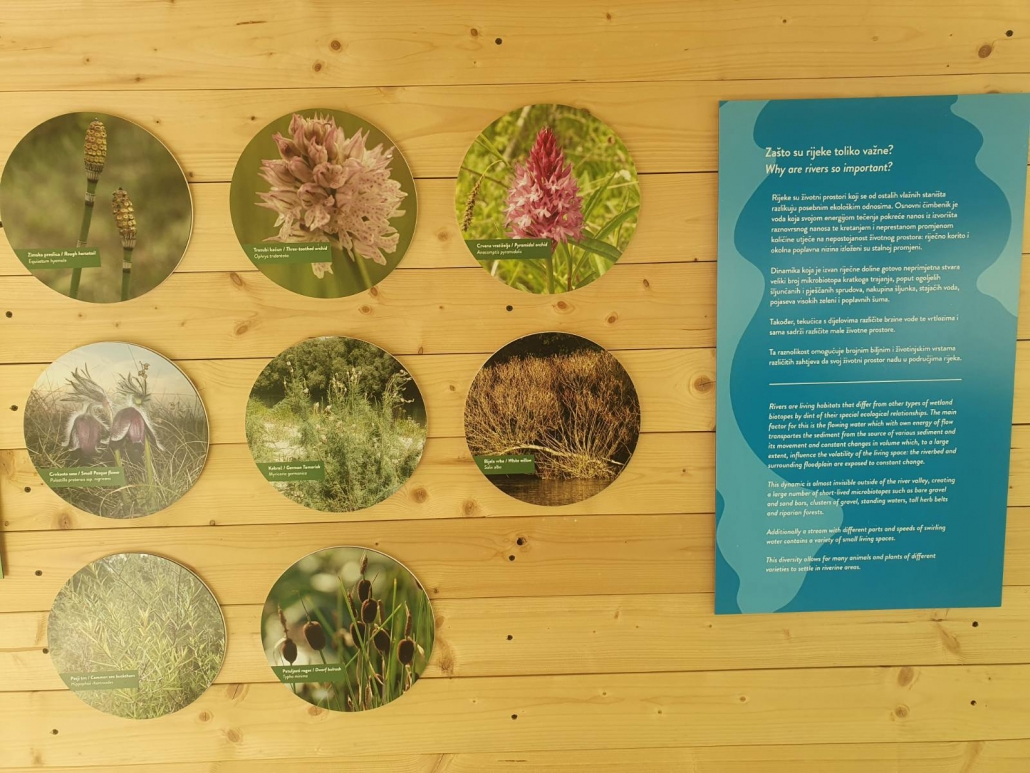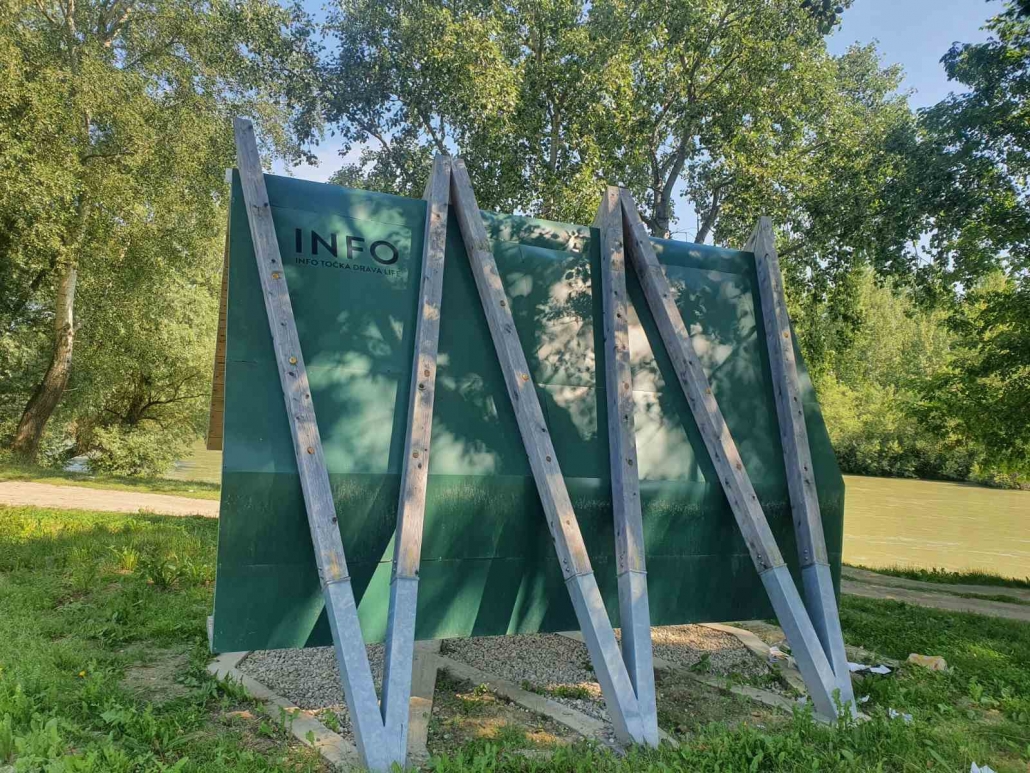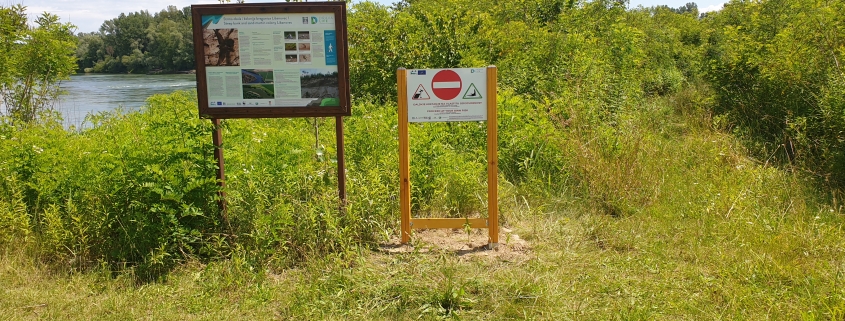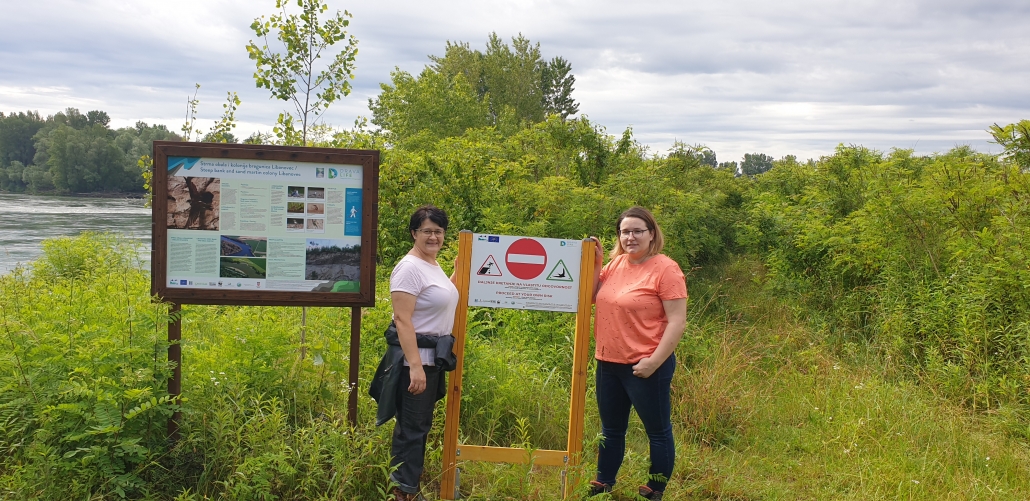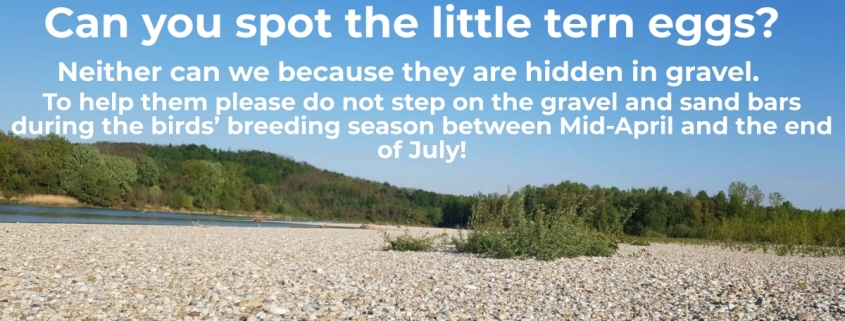Bern Convention took note of the Action Plan for river birds in the five-country Biosphere Reserve “Mura-Drava-Danube”
On November 29th November 2022, the 42nd Standing Committee of the Bern Convention* took note of the Action Plan for river birds in the five-country Biosphere Reserve “Mura-Drava-Danube” and invited the five countries to follow up on its implementation. This will help to strengthen the efforts and necessary actions in order to protect river birds on Mura, Drava and Danube.
The Action plan for river birds in the five-country Biosphere Reserve „Mura-Drava-Danube“ was accomplished in the DRAVA LIFE Project. It was developed by WWF Austria and the planning
office REVITAL, and first published in April 2019. It was first published in April 2019. It has been coordinated with ornithologists and various stakeholders across the five countries in several workshops. Data and expert knowledge was provided by several ornithologists across the five countries. All contributors are listed in the action plan.
Four gravel (Common Tern, Little Tern, Common Sandpiper and Little Ringed Plover) and three sand bank breeders (Sand Martin, Kingfisher and European Bee-eater) have been tackled.
The seven river bird species are endangered throughout Europe. Breeding birds that depend on habitats of highly dynamic riverine ecosystems are endangered mainly due to habitat loss.
The „Mura-Drava-Danube“ river system is one of the ecologically most important in Europe. Still, it suffered from habitat loss within the last 100 years due to hydropower dams, navigation improvements and flood protection. This led to the loss of 70% of gravel and sand bars. For example only 2-3 colonies of Little and Common Terns are left. Also 50% of natural river banks are lost. Hence about 30.000 Sand Martin pairs in the 1980s dropped to 7.000 in the last decade.
Long-term preservation of those river birds depends on future management of the transboundary riverine ecosystem. A comprehensive action plan on a transboundary level is urgently needed.
The aim of the action plan is to foster comprehensive and harmonised conservation actions for the seven defined key river bird species across the Biosphere Reserve.
It is the first species conservation plan developed on a transboundary level within the Biosphere Reserve and aims to support the implementation of conservation actions for river birds as well as the implementation of the Biosphere Reserve and the Natura 2000 management plans in the area. Furthermore, it aims to facilitate the restoration and ecological management of the three rivers and a „river development plan“. Objectives for every threat to the river birds have been defined. Based on this, 43 actions are needed for conservation of these bird species.
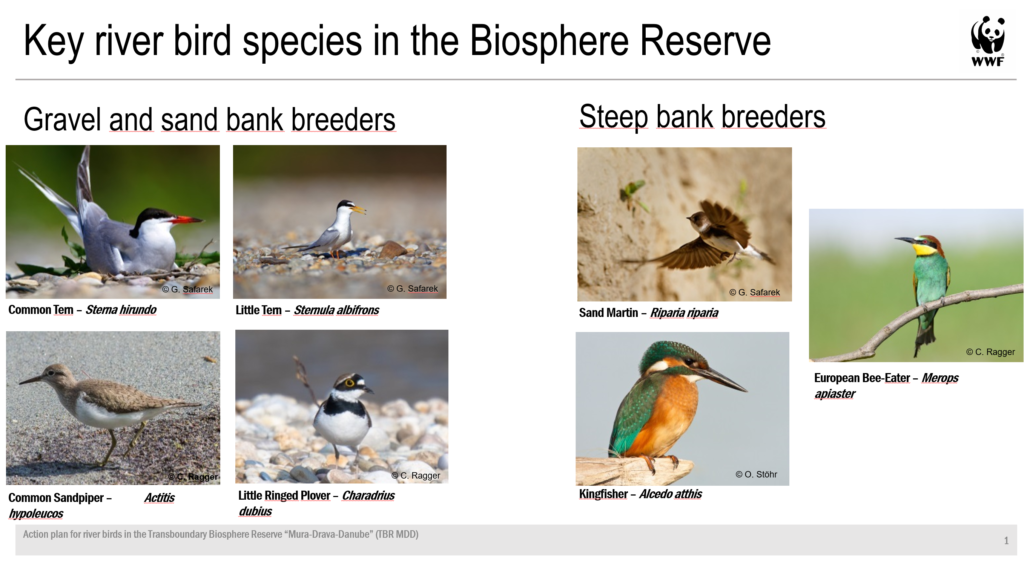
*Bern Convention: www.coe.int/en/web/bern-convention
The Bern Convention is a binding international legal instrument in the field of nature conservation, covering most of the natural heritage of the European continent and extending to some States of Africa.

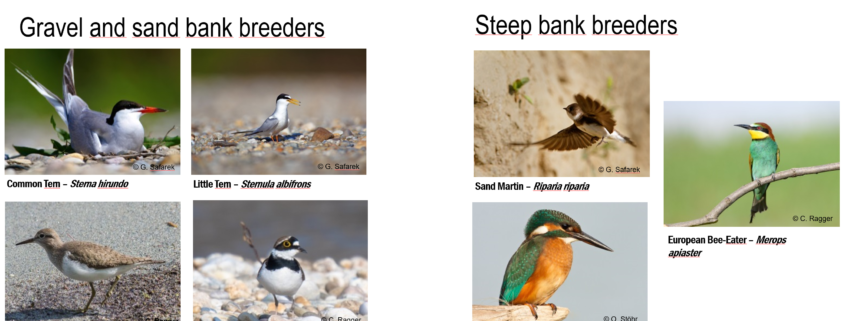
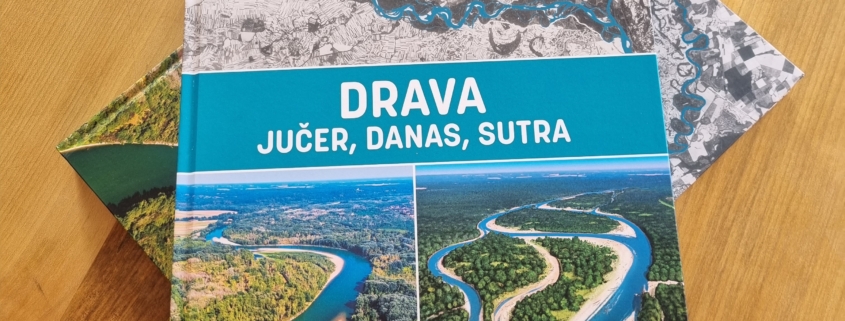 Branka Španiček
Branka Španiček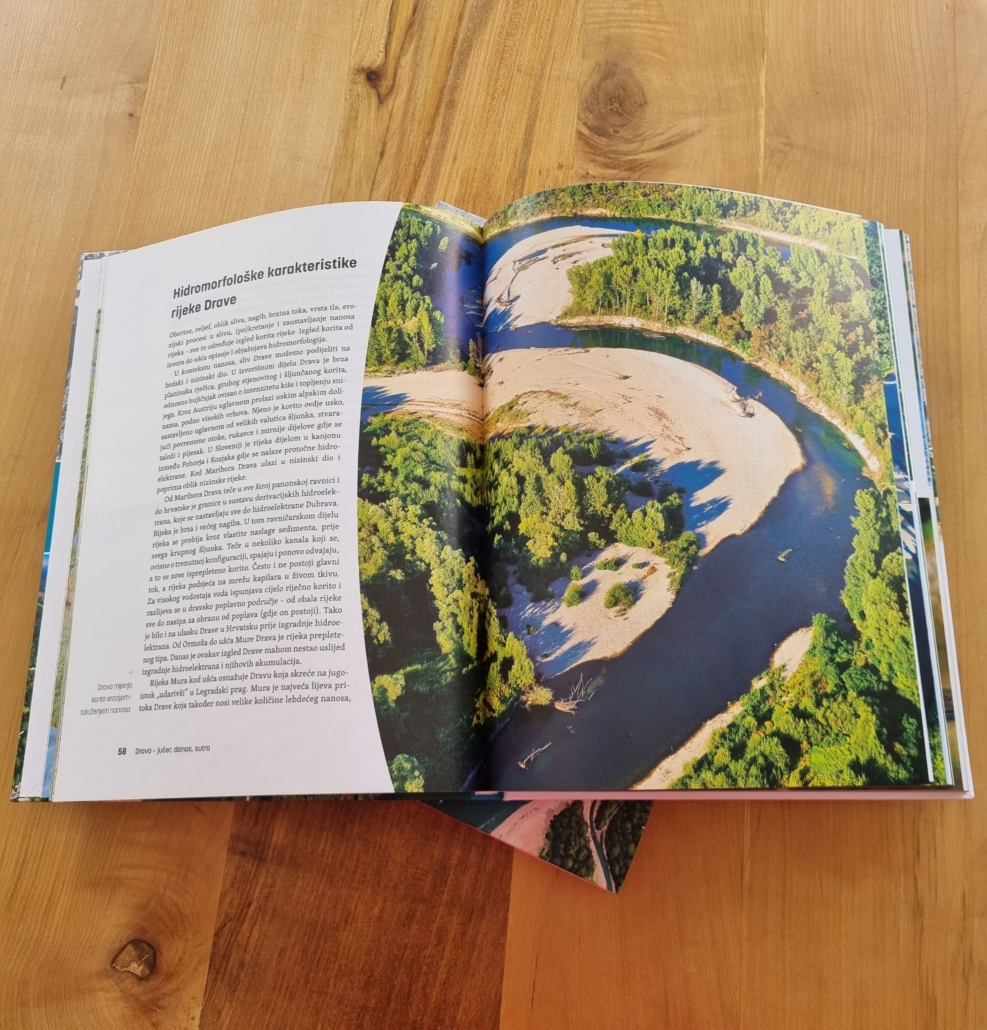
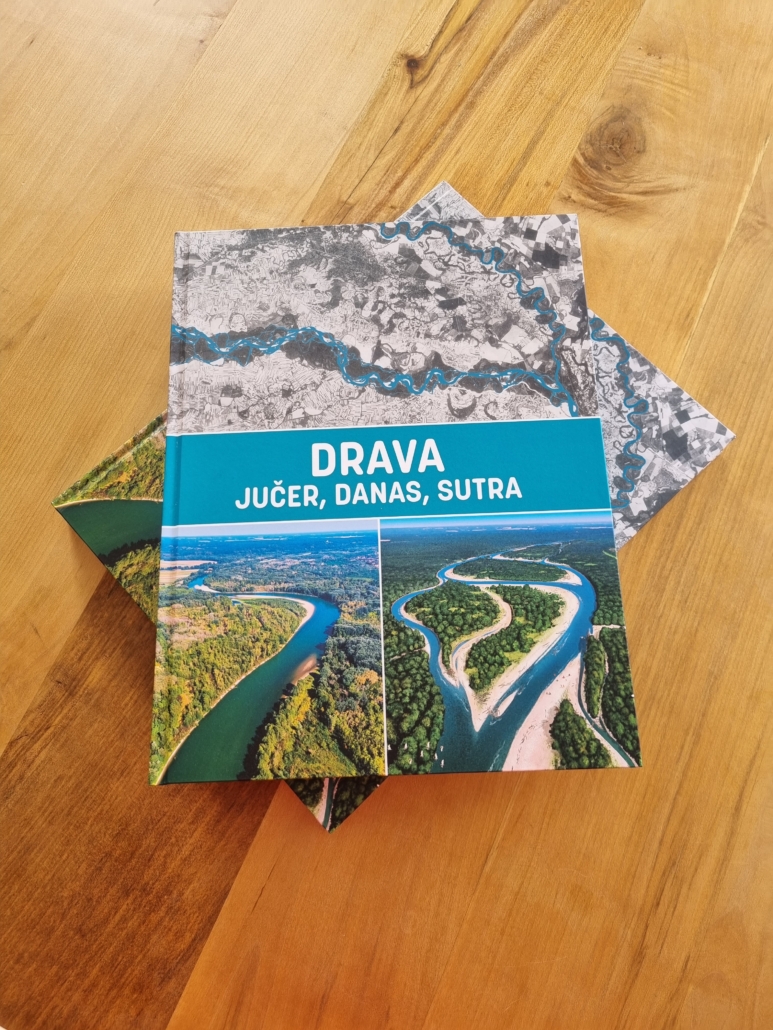
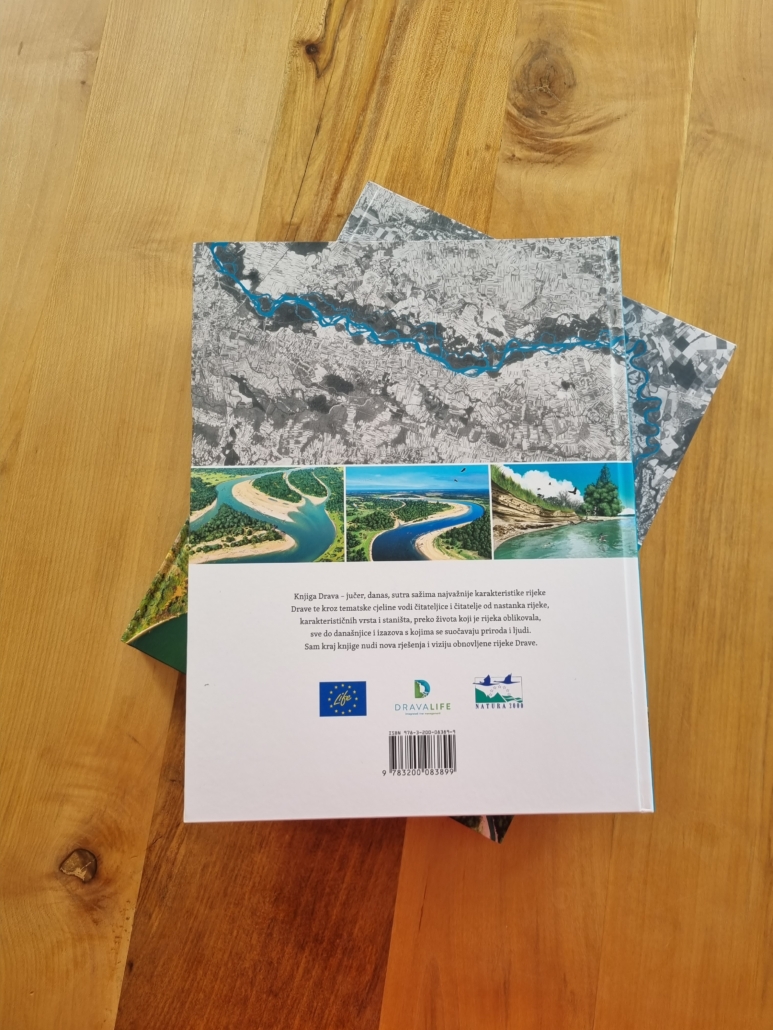
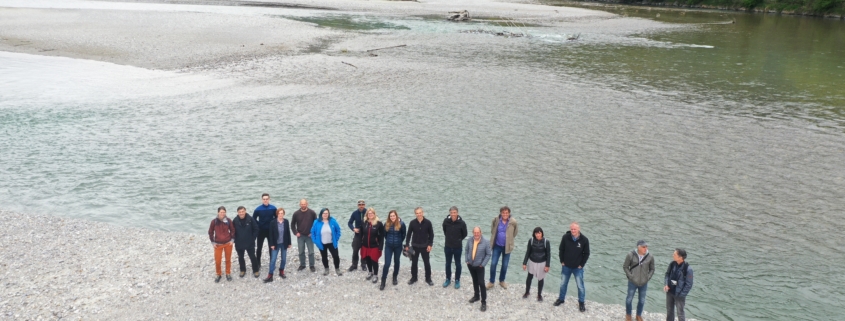 REVITAL
REVITAL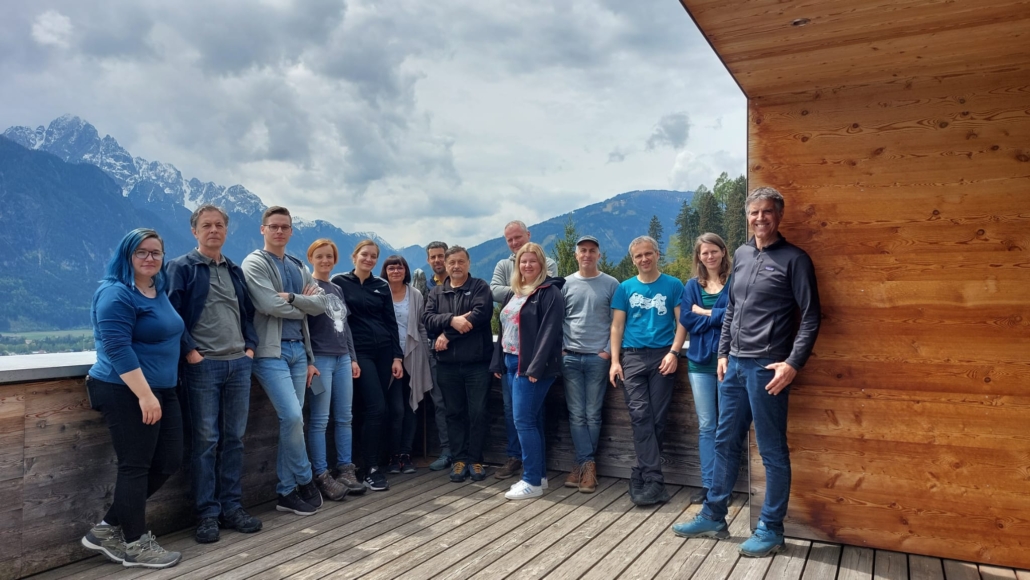
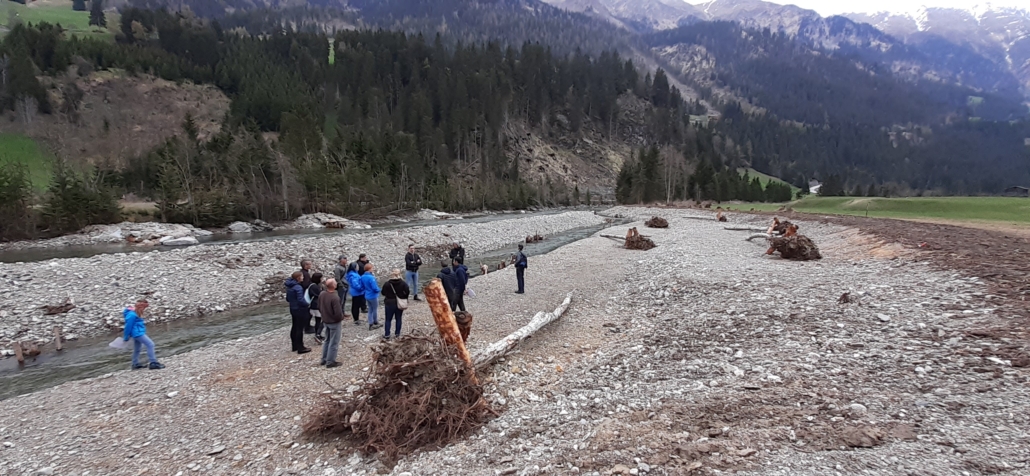
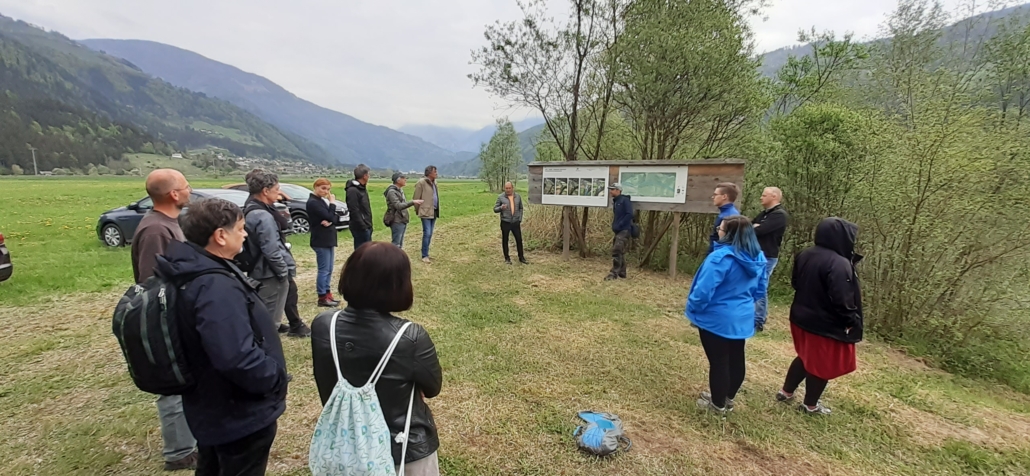
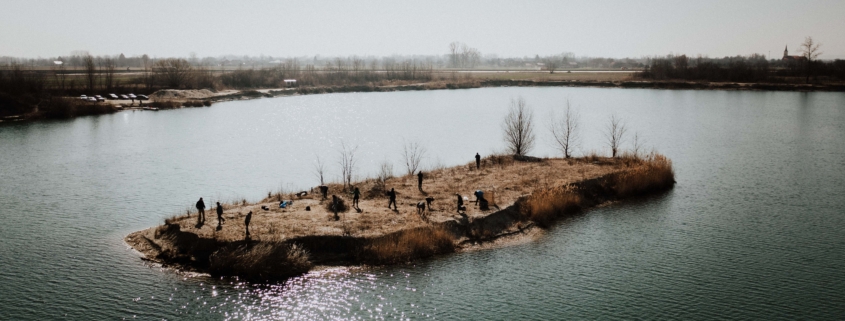
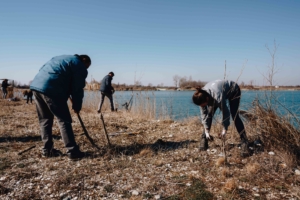
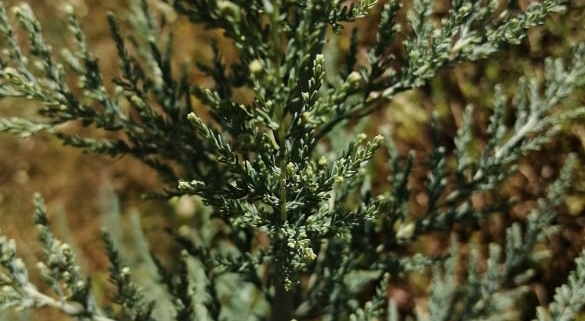 WWF Adria
WWF Adria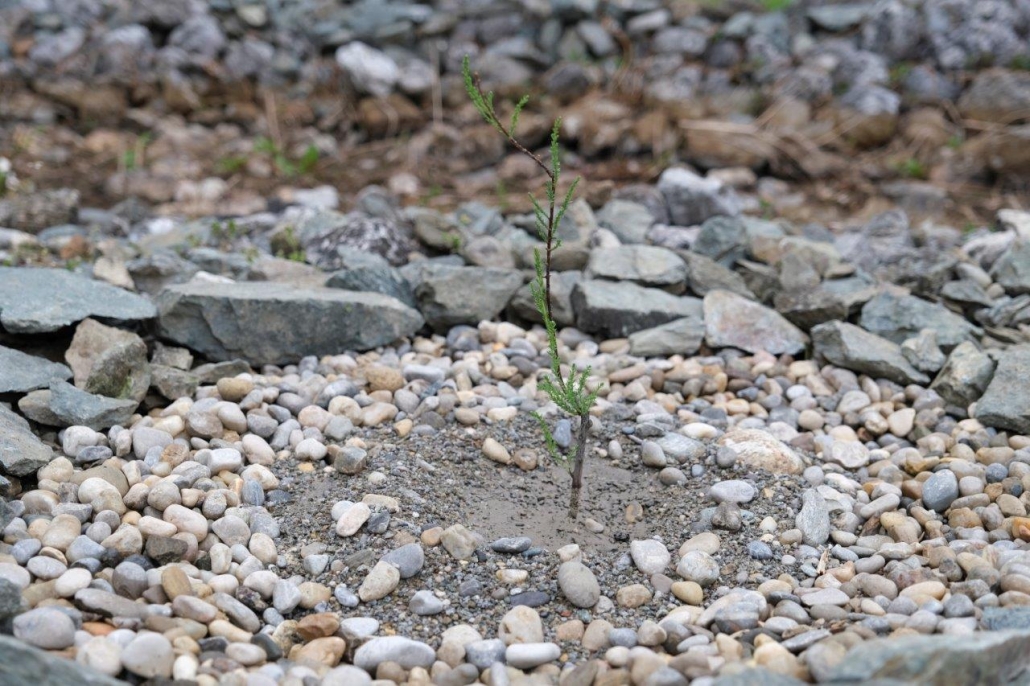
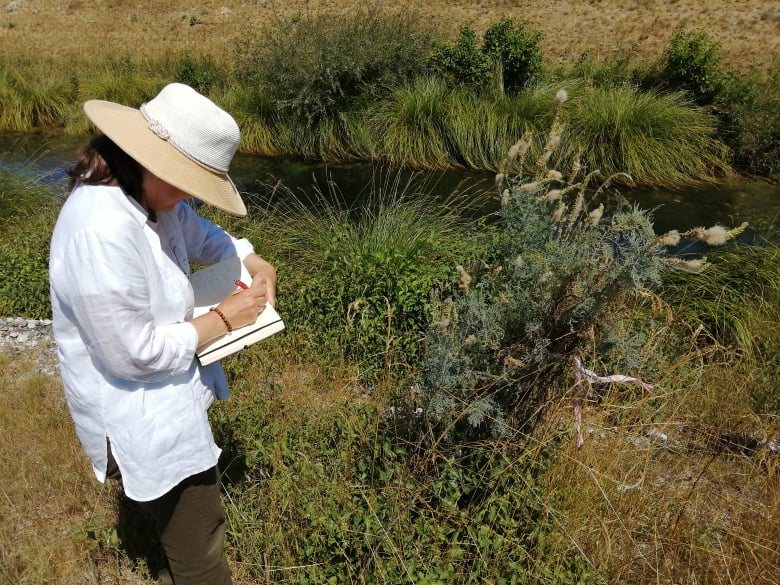
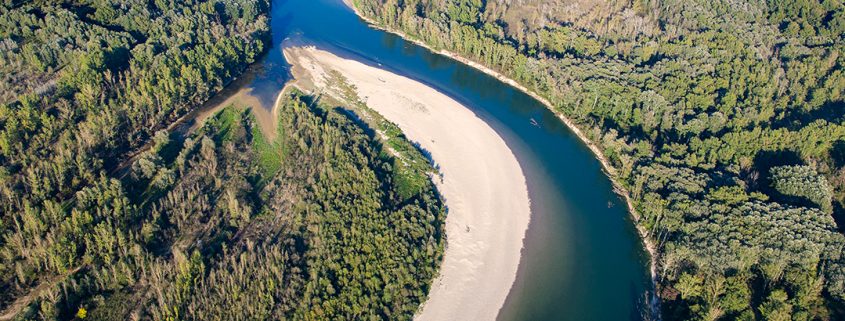
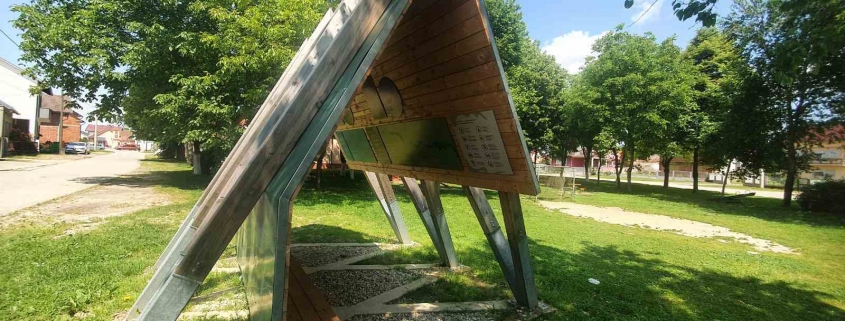 JUZDPVZ
JUZDPVZ